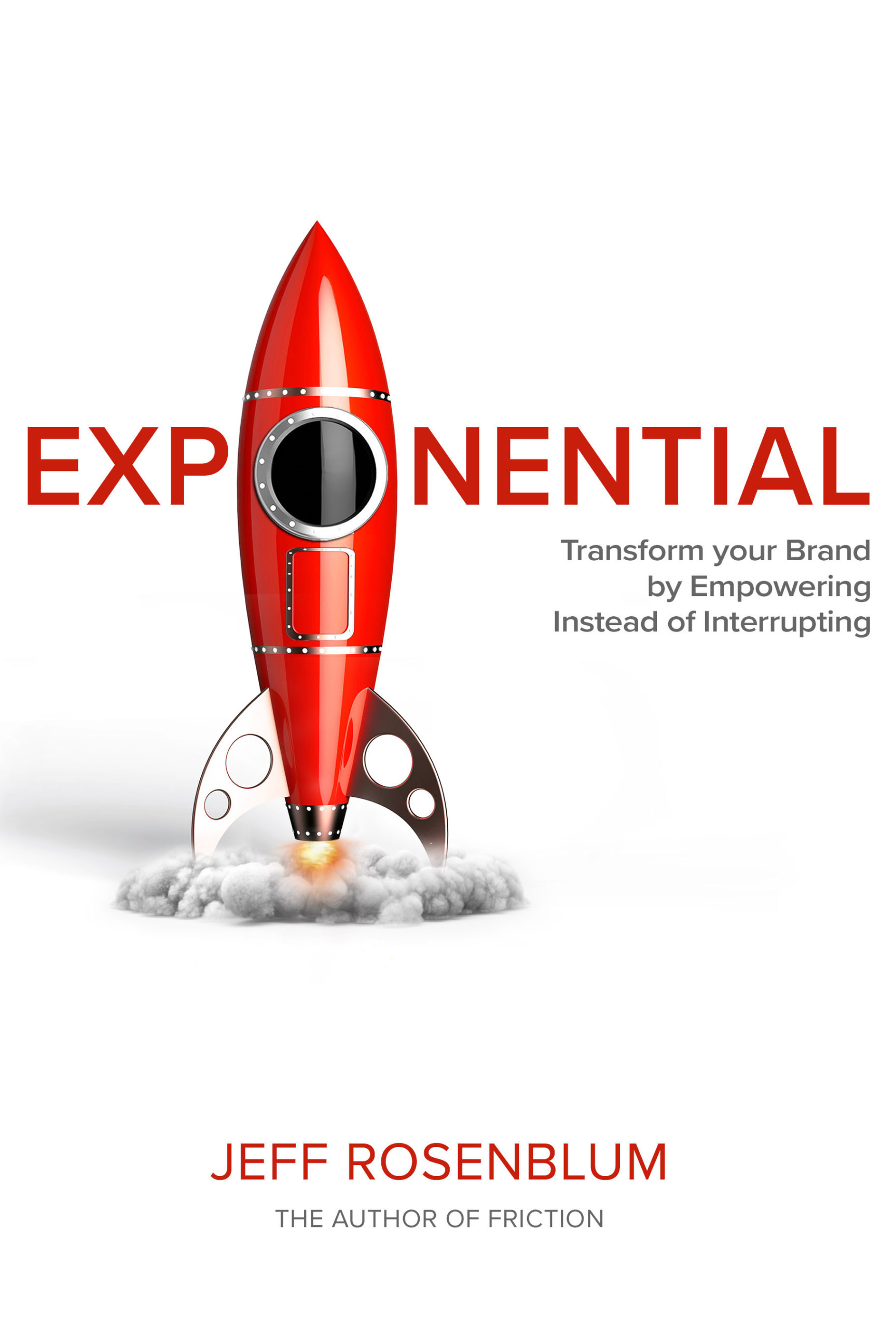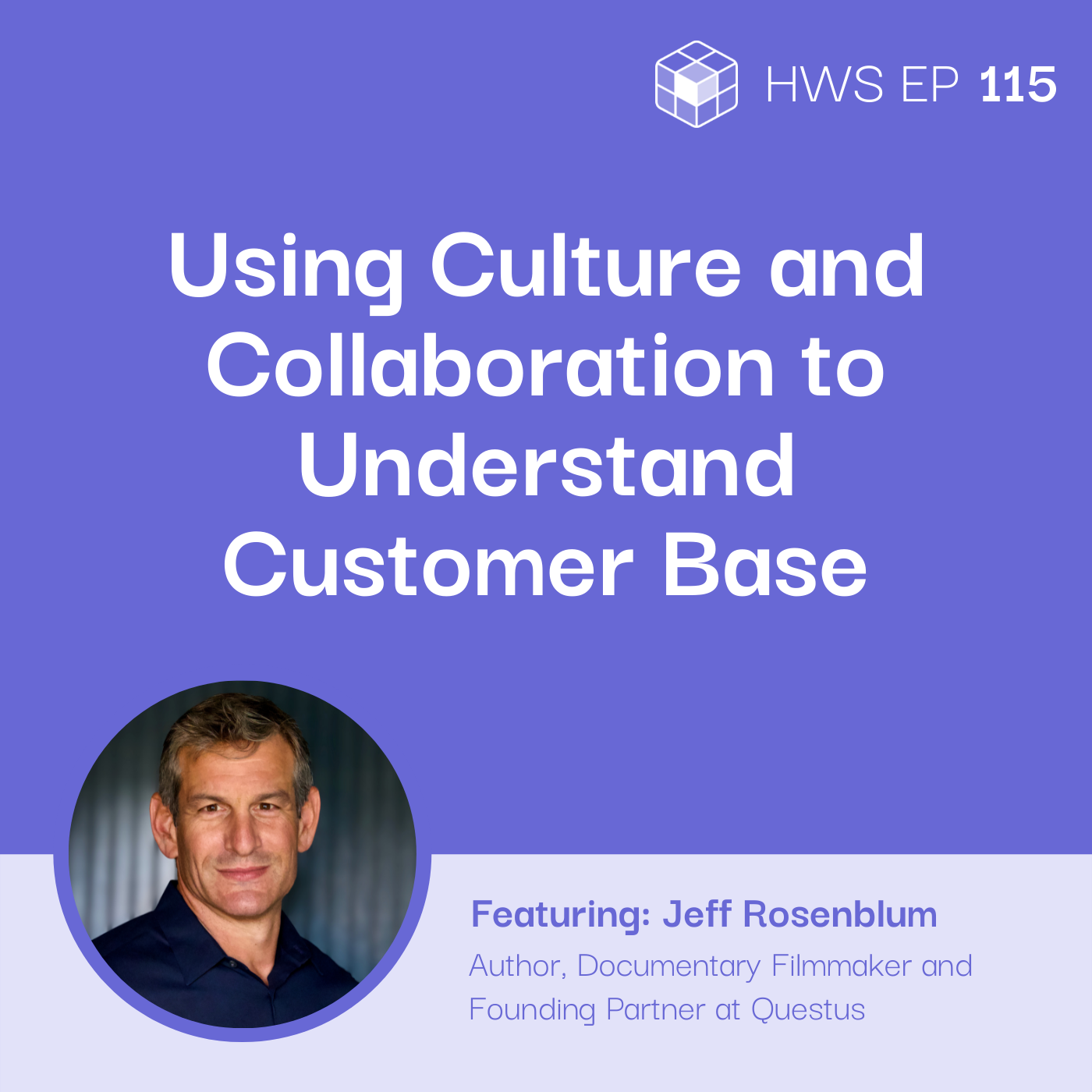Listen on:
Table of Contents:
Problem: How do you set the right culture and collaborate as a team to understand your customers better?
Work-from-home mandates have had a profound impact on company cultures in the past year. An EMEA-wide study by TheHRDirector of 4,250 office workers found that, during the pandemic, company culture improved for 24% of respondents but got worse for 29%. It is evident that some companies have managed better than others to adapt their company culture to a remote environment. Hybrid working is the most likely scenario eventually, organizations must strive to establish cultures that support their teams in achieving their goals. How can companies establish the right culture and collaborate as a team to better understand their customers?
Collaboration in a collaborative team is critical because the world has become so complex. Brands used to be able to say and do whatever they want. And if they did it really creatively, like a 30-second spot or print ad, a banner ad, social media, whatever people would believe it. But now people know the truth, and they know it in real-time. And they’re looking for something a lot more significant than just a cool 30-second spot or some cool influencer context. So would that mean, the solutions for brand building are much more complex. They require creativity, data analytics, media strategy, optimization, and project management.
Step # 1: Find the Right People for the Right Seats
Getting the right people on board is essential to creating the right culture. Be sure to hire people who are great at what they do, and are also doing something they enjoy. When hiring, keep these three things in mind:
- How does this person fit into our team’s goals?
- Can they solve things and operate independently?
- Does this person’s strength complement the others’ weaknesses?
To fill these positions at scale, build a hiring process that allows the right people to offer their input on who will be a great member of the team.
Culture is all about putting people in position to do their best work. If you hire the right people, they take themselves seriously. They take their teamwork seriously. They take their deliverable seriously. And what they’re really looking for at a great culture is putting them in position to do their best work so that they can advance their career.
Step # 2: Collaborate Efficiently and Effectively
Jeff emphasized that collaboration all boils down to communication, but how can you make sure your team connects efficiently and effectively with each other?
Tip # 1: Use tools and systems that will optimize how to document your journey
When working with tools and systems, invest your time and energy in something that allows you to share information, not just about your projects but what are things you can do to improve on the next project.
Using these systems when done correctly helps us understand what everybody’s doing— how they’re tracking their time, how the widget is moving through the shop, what are the opportunities for improvement as you move on to the next and similar project? What did we learn from the previous project? What are you doing at a client level? Department level? Human being level? How do we find that work-life balance?
Tip #2: Improve human-to-human communication
No matter how important e-mails, instant messaging, and the tools you use are, there is no replacement for meetings. As the pandemic progresses, teams cannot help but feel zoom-fatigued from all the virtual alignments. It’s important to weigh if these meetings are doing more harm than good.
The second thing is just straightforward human-to-human communication. The core of business is how strong can we communicate effectively as human beings with each other? So, we use a combination of daily scrums, which might be 15 to 30 minutes. You’ll have a weekly meeting, which is an hour. We’ll have an all-hands meeting every two weeks. We’ll have a more dramatic or a significant meeting every quarter. And then we’ll look back on it back through those cloud-based tools and ask, “Do we have too many meetings or not enough meetings? Are they too long? And how do you continuously optimize it?”
Tip # 3: Let the team have a say on how meetings can be conducted
Leadership teams can design systems for running meetings based on data, but those attending are the best people to give insights. Let them decide what works best for them. Ultimately, they’re the ones who will engage and participate in these discussions, so ensure it’s worth their time and effort.
We came to that honest point in our conversation. I don’t think we can answer this. Let’s have the team figure this out because these guys know the answer much more effectively than us. So, we’ll probably slap a few ideas against the wall, but at the end of the day, the team has to solve these issues. Let it run for another quarter, and then optimize it based upon what works best for the team.
Step # 3: Collaborate for Your Customers
When you have the right culture and collaborative environment set, it’s easier to work together for your customers and clients. Research is important, both quantitative and qualitative. It’s crucial that your teams can access the same data and be able to work together to process these data. Let them share input on how these data affect their team. To do this, there are two crucial things your team needs to do: learn how to listen and create engaging content.
So we had basically two tools, qualitative and quantitative research, which were focus groups, IDIs, triads, one-on-ones whatever. And then on the quantitative side, there were surveys. These projects would go 3, 6, 9, 12 months. Now there are infinite sources of data. You’ve got media metrics, behavioral metrics, tracking studies. The stuff that used to take six months is now done and, literally without exaggeration, can be done six seconds or 0.6 seconds. So, the key is how do you go back to what I was talking about before, a collaborative culture so that everyone can share that information.
Tip # 1: Learn to Listen to the Insight
Data helps us listen to what the market wants, what the customers’ customer wants. But, when the world is pushing out too much data, how do you extract the most valuable insight? Strip it down to the one that’s helpful and simplify it in a way that’s easy to understand.
Now, part of it is collaborating, which comes down to listening skills, which we talk about all the time. Every single human being on planet earth needs to work on their listening skills. Do you want to have a happy marriage? Happy business? You have to be a much better listener, right? We all need to get better at that. Here’s another important point, though. We all got to be better at selling and communicating in this data-driven world. There’s so much data available to us, that so many of us are sending out data, which is coming out as noise. And what we got to do is get to the point of signal… To be better listeners, which is true, but well-established, we also have to put it on ourselves to be better communicators and say, look, we do have all this data, but people don’t want data. People want insights, and insights are about stripping down all the information out there. Get rid of the noise, focusing on the signal, and figure out what the very specific action items are.
Tip # 2: Create Engaging Content Based on the Insights
Be better creators by creating content that encourages your customers to go out of their way to read and consume your content. Get them to share these with their friends and colleagues.
QUOTE: (00:19:25) I think the real question is: Can we create content in tools that are so appealing, that people go out of their way to interact with it, and then out of their way to share that experience and tell their friends all about it? And that’s how great brands are now built.
Jeff Rosenblum Recommends His Books
All proceeds from book sales will be donated directly to Jeff’s charitable organization which helps communities in rural Nepal.

EXPONENTIAL: Transform Your Brand by Empowering Instead of Interrupting
One of the world’s top advertising executives shows how iconic brands win new customers and build armies of evangelists.

FRICTION: Passion Brands in the Age of Disruption
Every industry around the globe is being completely disrupted. Stalwart brands are losing market share to upstarts that capture our collective consciousness. Trillions of dollars are at stake. Brands know a new approach is needed. But most don't realize the strategic underpinnings need to change. Great brands are no longer built through interruptive advertisements.
This interview is part of the How We Solve podcast. To hear more from industry experts who are solving everyday business problems, check us out on Spotify, Apple Podcasts, and on our website.
About the guest

Jeff Rosenblum
Jeff Rosenblum is an advertising agency founder and documentary filmmaker. He is widely regarded as one of the leading innovators in the field of digital marketing and has worked on teams that have helped revolutionize market research, publishing, sports broadcasting, and interactive advertising. As the Founding Partner of Questus, a digital marketing agency, he worked with some of the world’s most influential brands, including American Express, Bloomberg, Capital One, Discovery Channel, Disney, Driscoll’s, General Mills, Ford, ESPN, Suzuki Motorcycles, The NFL, Universal Orlando, Verizon and more.
How people can people reach the guest:
Official Website: Questus
LinkedIn: Jeff Rosenblum | Questus Company Page
Twitter: @JRquestus | @therealquestus
Facebook: Questus Agency
Instagram: questusagency
Listen on:
